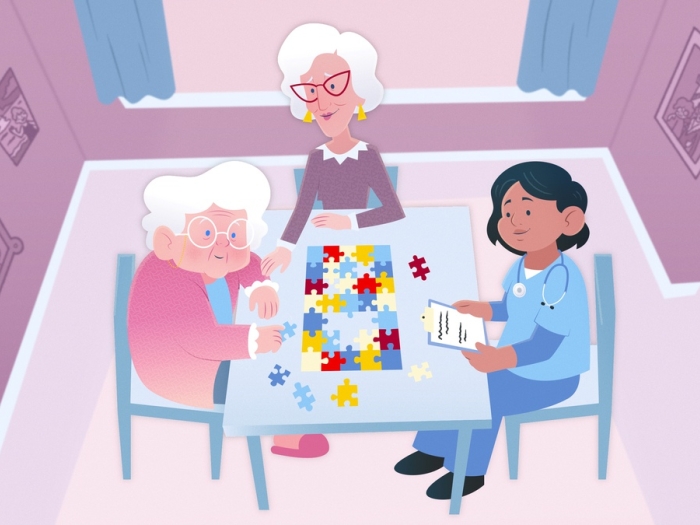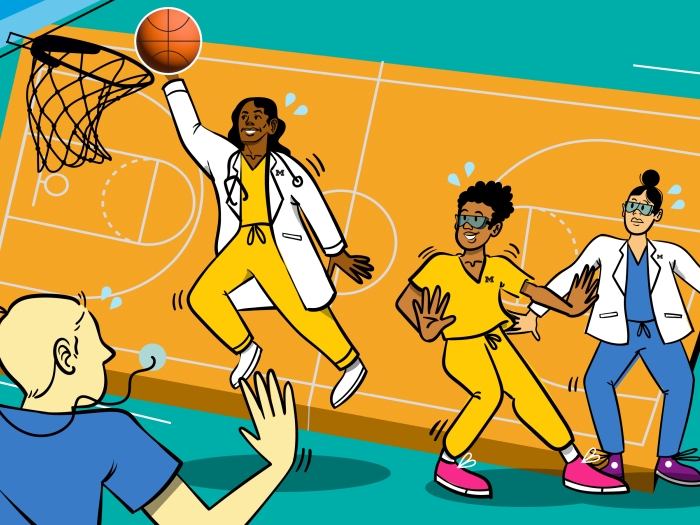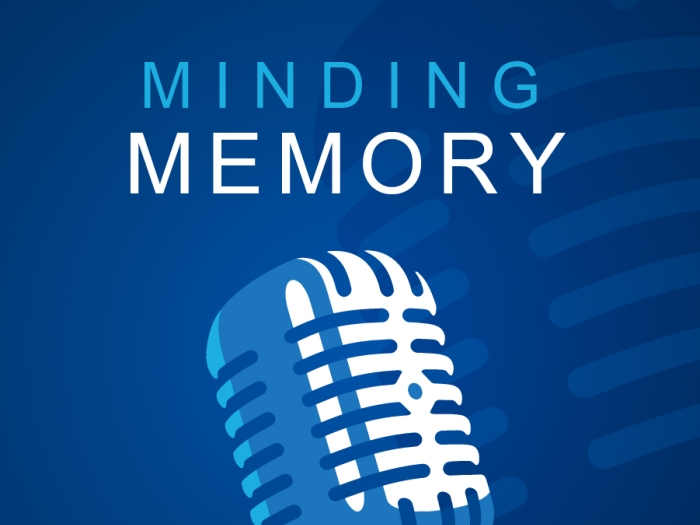How the rise of in-home caregiving is shaping geriatric health care
Author |

A recent study conducted by a team at the U-M Medical School found that, in 2012, 50 percent of disabled seniors in the U.S. received some kind of in-home care. That marks a 20 percent increase since the study began in 1998. Claire Ankuda, M.D., lead author and clinical lecturer of family medicine, spoke to Medicine at Michigan about the findings, which indicate a growing trend for seniors to rely on caregivers while "aging in place" at home. Ankuda, also a Robert Wood Johnson Clinical Scholar at the Institute for Healthcare Policy and Innovation, hopes this study will spur discussion about both geriatric health and support for caregivers. This interview has been edited for length and clarity.
What prompted you to examine these data?
I'm very interested in caregiving for several reasons. First off, for older adults with disabilities trying to age in place in their homes, caregiver support is essential. Caregivers are critical to keeping their loved ones out of the hospital as well and increasingly help provide medical care at home. They essentially function as a key part of the medical team that surrounds a patient but are not really recognized as such in our health care system. Caregiving itself can be extremely rewarding and meaningful for caregivers, but if caregivers get burned out it can have poor mental and physical health effects. So, we need to pay attention. Finally, caregiving is interesting as a social and gender issue. For example, research on people with dementia has shown that caregivers of African American patients spend far more hours assisting their loved ones, which makes one wonder about the costs of that in missed work and income. Traditionally, caregiving is provided by women. All of these things made us wonder if today, with kids living farther from parents and smaller family sizes, there are fewer disabled older adults relying on caregivers of one type or another.
We had collected data on caregiving for disabled older adults from the Health and Retirement Study, which is a national study of aging in the U.S. run by the Institute of Social Research at the University of Michigan. We decided to look at how many older adults with disabilities relied on caregivers in 2010 compared to 1998. We also wanted to know what type of caregivers they were.
What do these data indicate about the relationship between the elderly and their caregivers?
What we see is that more older adults with disabilities are reporting that they rely on caregivers, which did surprise me. We also saw that this increase in caregiving was for nearly all caregiver types: spouses, children, family and paid caregiving.
How do these relationships change depending on socioeconomic status?
More older adults who have lower income rely on caregivers than do those who have higher income, with the exception that higher-income older adults are more likely to get help from their spouses. However, from 1998 to 2012, the increase in caregiving is much greater for wealthier older adults. In particular, there has been a dramatic increase in older adults who are wealthy receiving paid caregiving.
Caregivers, the study states, are largely unrecognized in medical systems and they're at a high risk of experiencing burnout. How could these factors impact the quality of care provided, and what other concerns might they prompt?
Studies have shown that caregivers who are burned out have higher rates of depression and are more susceptible to becoming ill themselves. Our further research is looking at the impact of caregiver strain on patient emergency department visits and health care utilization.
What steps are being taken to support caregivers, financially or otherwise?
It really depends where you live. Different states have different policies in terms of financial support. In some states, caregivers — even family and friends — can be paid for providing care as part of the Medicaid program. Different hospitals and clinics have wellness programs for caregivers that can be helpful. Area aging associations, as well as medical advocacy groups like the Alzheimer's Association, have lots of online resources and local support groups.
How might these data change how geriatric care is provided?
I think that this study is the first in a series that we are working on to describe the impacts of caregivers on patient health and medical care. As health care systems are more incentivized to keep people out of the hospital, this work hopefully translates to more direct support for caregivers at home.





